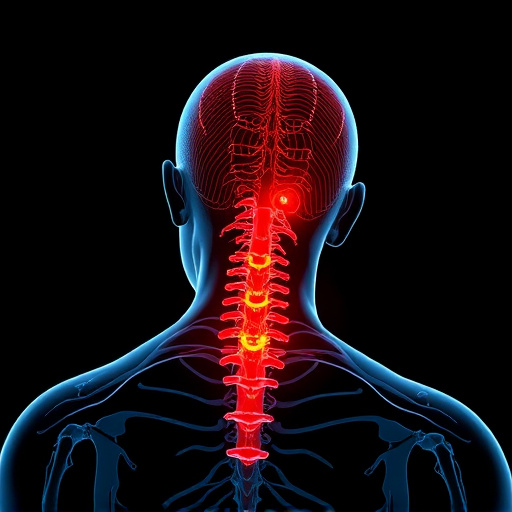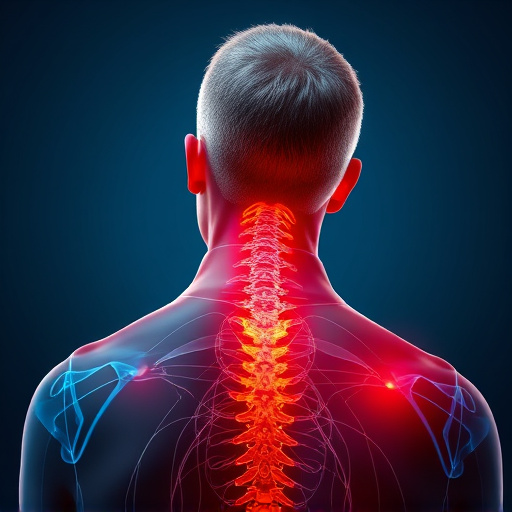Cervical pain and stiffness, often caused by lifestyle factors, posture, or injuries, can be managed with early intervention and treatment. The PIP insurance 14-day rule promotes timely care for neck conditions, preventing long-term discomfort. This rule encourages individuals to seek medical attention within 14 days of an injury, ensuring prompt processing of treatment claims. Non-invasive treatments like physiotherapy and chiropractic care are effective under PIP coverage for acute pain relief. Chronic cervical issues may require surgery after exhausting non-surgical options. Sustainable lifestyle changes, including exercise, good posture, sleep, and stress management, alongside the 14-day rule, offer long-term solutions for a healthier neck.
Are you suffering from pain and stiffness in your cervical area? This comprehensive guide explores effective solutions to ease discomfort. We delve into the causes and common triggers of cervical pain, including postural issues and whiplash injuries. Learn how PIP insurance can play a crucial role in managing your symptoms through specialized coverage. Discover the 14-day rule for swift relief and explore non-invasive treatment options. For chronic cases, we discuss surgical intervention and emphasize the importance of lifestyle changes for long-term comfort.
- Understanding Cervical Pain and Stiffness: Causes and Common Triggers
- PIP Insurance and Its Role in Managing Cervical Discomfort
- The 14-Day Rule: A Quick Path to Coverage for Pain Relief
- Exploring Non-Invasive Treatment Options for Fast Relief
- When Is Surgical Intervention Considered for Chronic Cases?
- Lifestyle Changes and Self-Care Strategies for Long-Term Comfort
Understanding Cervical Pain and Stiffness: Causes and Common Triggers
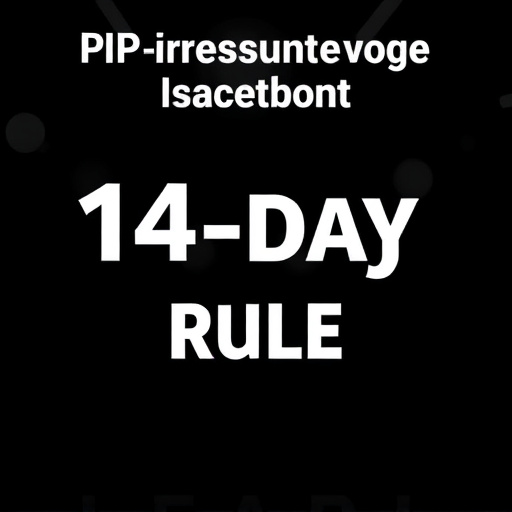
Cervical pain and stiffness can significantly impact daily life, causing discomfort and limiting mobility. Understanding the root causes is crucial for effective relief. Various factors contribute to this condition, including poor posture, muscle tension, and underlying medical issues. Prolonged periods of sitting or inadequate sleep positions can exacerbate the problem, especially with today’s sedentary lifestyles.
Common triggers include repetitive strain injuries from work-related activities or excessive use of electronic devices. Even minor injuries or whiplash from car accidents can lead to cervical stiffness over time. The PIP insurance 14-day rule highlights the importance of timely treatment and management, as early intervention can prevent long-term discomfort. Recognizing personal triggers is essential, encouraging individuals to make adjustments in their daily routines for better overall health.
PIP Insurance and Its Role in Managing Cervical Discomfort

PIP (Personal Injury Protection) Insurance plays a significant role in managing and alleviating cervical discomfort, especially after accidents or injuries. One key aspect of PIP is the 14-day rule, which allows policyholders to initiate treatment for pain and stiffness within a short period after the incident. This timeliness is crucial as it ensures that symptoms are addressed promptly, potentially preventing long-term complications.
By covering various medical expenses related to cervical care, such as chiropractic adjustments, physical therapy, and medication, PIP Insurance enables individuals to receive necessary treatments without immediate financial burden. This accessibility to care can significantly enhance recovery outcomes, offering relief from pain and stiffness, and ultimately improving the quality of life for those affected by cervical discomfort.
The 14-Day Rule: A Quick Path to Coverage for Pain Relief

Many individuals suffering from pain and stiffness in the cervical area, often seek swift relief. Understanding the 14-Day Rule is a crucial step in this journey. This rule, associated with PIP (Personal Injury Protection) insurance, offers a straightforward path to accessing pain relief coverage within a short timeframe.
By adhering to the 14-day rule, policyholders can ensure that their claims for treatment related to acute neck pain or stiffness are processed promptly. It encourages individuals to take proactive measures towards recovery by encouraging them to seek medical attention within this specified period. This simple step can significantly impact one’s overall well-being and comfort during challenging times.
Exploring Non-Invasive Treatment Options for Fast Relief

In search of swift relief from cervical pain and stiffness, many individuals are turning to non-invasive treatment options, especially considering the flexibility and accessibility they offer. One notable approach is utilizing PIP (Personal Injury Protection) insurance benefits, which often come with a 14-day rule, allowing for prompt access to care. This rule ensures that policyholders can start their recovery journey without delays, addressing acute pain issues like those in the cervical region. Physiotherapy and chiropractic care are popular choices under these plans, offering gentle adjustments and tailored exercises to alleviate discomfort.
These non-invasive treatments are often preferred as they provide a safe and effective way to manage cervical stiffness without the risks associated with surgery. By targeting specific muscle groups and joints, healthcare professionals can help reduce inflammation, improve mobility, and restore the natural range of motion in the neck. Such interventions are particularly beneficial for those seeking fast relief while exploring long-term management strategies for recurring cervical issues.
When Is Surgical Intervention Considered for Chronic Cases?
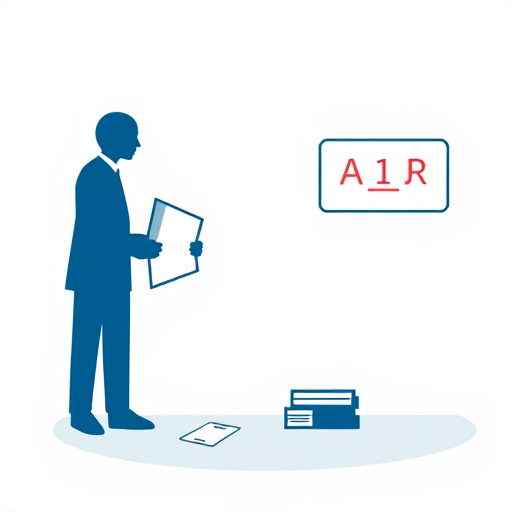
In cases where non-surgical treatments have failed and pain and stiffness in the cervical area persist for an extended period, surgical intervention may be recommended. Chronic cervical conditions that do not respond to conservative management could indicate more severe issues such as herniated discs, spinal stenosis, or degenerative arthritis. The decision to proceed with surgery is typically made after a thorough evaluation by a medical professional. This involves considering the patient’s symptoms, diagnostic imaging results, and overall health.
One important factor in determining surgical eligibility is the duration of symptoms. PIP (Permanent Impairment) insurance often has a 14-day rule, suggesting that if symptoms remain constant or deteriorate after a certain period, further medical intervention might be necessary. Patients with chronic pain that significantly impacts their quality of life and does not improve despite alternative treatments may be suitable candidates for surgery to relieve pressure on the nerves and restore mobility in the cervical region.
Lifestyle Changes and Self-Care Strategies for Long-Term Comfort
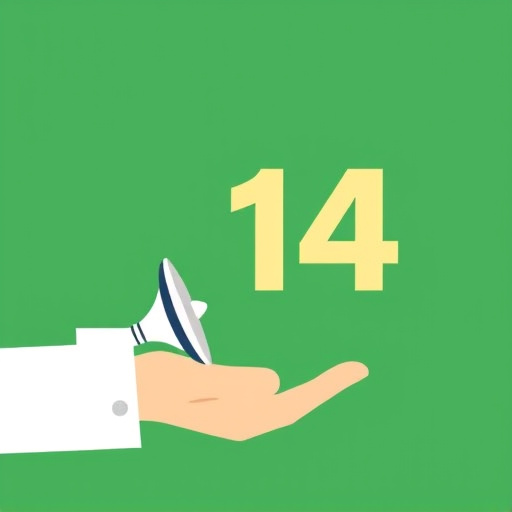
Making sustainable lifestyle changes and adopting effective self-care strategies can significantly alleviate pain and stiffness in the cervical area, offering long-term comfort. Regular physical activity, such as gentle yoga or swimming, improves circulation and strengthens muscles supporting the neck, reducing the risk of discomfort. Maintaining good posture during daily activities—from sitting at a desk to lifting objects—is crucial; consider using ergonomic aids for additional support. Adequate sleep on a comfortable mattress is essential, as it allows the neck to rest and heal naturally.
Additionally, stress management techniques like mindfulness meditation or deep breathing exercises can help relax muscles and alleviate tension. Incorporating these practices into your daily routine could provide relief and prevent future cervical discomfort. Remember, PIP insurance’s 14-day rule emphasizes the importance of prompt action; if neck pain persists or worsens, consult a healthcare professional for personalized advice and treatment options.











